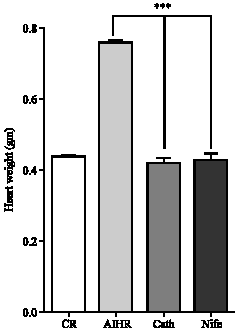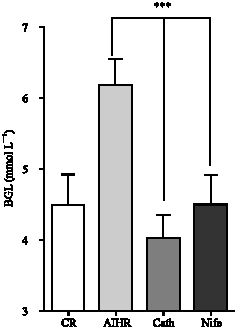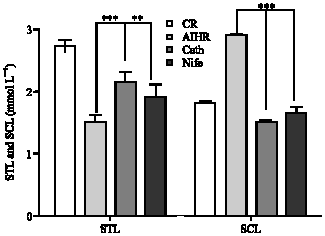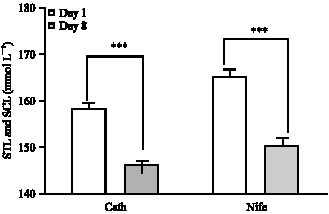Research Article
Comparison of Hypotensive and Hypolipidemic Effects of Catharanthus roseus Leaves Extract with Nifedipine on Adrenaline Induced Hypertensive Rats
Department of Pharmacy, Faculty of Science, University of Rajshahi, Rajshahi 6205, Bangladesh
M. Rashid
Department of Pharmacy, Faculty of Science, University of Rajshahi, Rajshahi 6205, Bangladesh
M.S. Amran
Department of Pharmaceutical Chemistry, Faculty of Pharmacy, University of Dhaka, Dhaka-1000, Bangladesh












